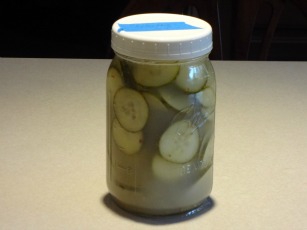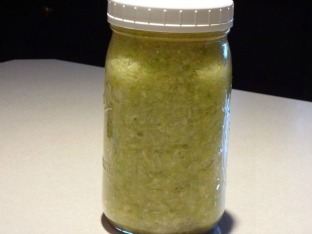Small Steps, Sensible Choices, Superior Health.
Natural Probiotics For Health
Search This Site:
There is a lot in the media these days about using probiotics for health. If you've been living a more natural lifestyle you are probably aware of the relationship between your gut and good health. When I talk about “your gut” I'm referring to your intestinal system.
Using probiotics for health is not just a good idea. Your GI system is home to about 70% of your immune system cells.
Having a healthy bacterial balance:
- protects us against infection
- promotes normal bowel function
- provides nutrition energy and a normal immune function.
Unfortunately, there are so many things that can upset that delicate balance in the area of probiotics and health.
Probiotic pills are one answer to restoring the healthy bacteria in the gut. I have taken probiotics for years and I really feel they have helped me to have a strong immune system. If you want to learn more about when to take probiotics, click here.
Recently I have been reading a lot about natural probiotics for health. The culturing of foods is how earlier civilizations preserved certain foods since they didn't have refrigeration.
Cultured foods have been safely consumed for thousands of years and they are a natural source of probiotics and enzymes.
Experts believe that they can provide even more beneficial
bacteria then most commercially prepared probiotics. I guess they
instinctively knew it was necessary to eat and drink natural
probiotics for health reasons.
I decided to buy some cultured foods like sauerkraut (refrigerated and not from a can), milk kefir and kombucha.
I wanted to see if I liked the taste enough to make them a regular part of my daily diet. Surprisingly, I liked them and my husband like the sauerkraut and the milk kefir. He was not as crazy about the kombucha.
I quickly learned that these are
quality foods that take time and special care to prepare. So as you
can imagine, they cost a pretty penny, especially if they are going
to be your natural probiotics for health everyday. They cost more
than I wanted to spend on a weekly basis, so the next step was for me
to learn how to make my own.
Culturing vegetables seemed like the simplest thing to start with.

All I needed was a good quality vegetable, water and sea salt. You can add a little less salt if you want to add a little whey instead.
You get the whey by draining a good quality plain yogurt through a cloth. The healthy yellowish liquid that drips through is the whey. You can use it for culturing or you can add it to many other recipes for added bacterial benefit.
I have now moved on to culturing
sauerkraut, beets and cucumbers, there is definitely a learning curve
to this process, but it really isn't difficult.

If you want to learn more about culturing or buy any supplies, Cultures for Health is a great website with great customer support.
Next I started making milk kefir. It reminds me a little of buttermilk because it's a little thinner than the store bought milk kefir.
I think it tastes like plain yogurt but in a drinkable consistency. We usually flavor it with berries or with vanilla and some liquid stevia.
Next I will move onto learning how to make water kefir. It is my understanding that water kefir also has both probiotics and enzymes.
I've heard it makes a nice substitute for soda pop when flavored with fruit. Until then, I hope you'll venture into the world of learning more about using cultured foods to benefit your health.

New! Comments
Let me know what you think! Please leave me a comment in the box below.